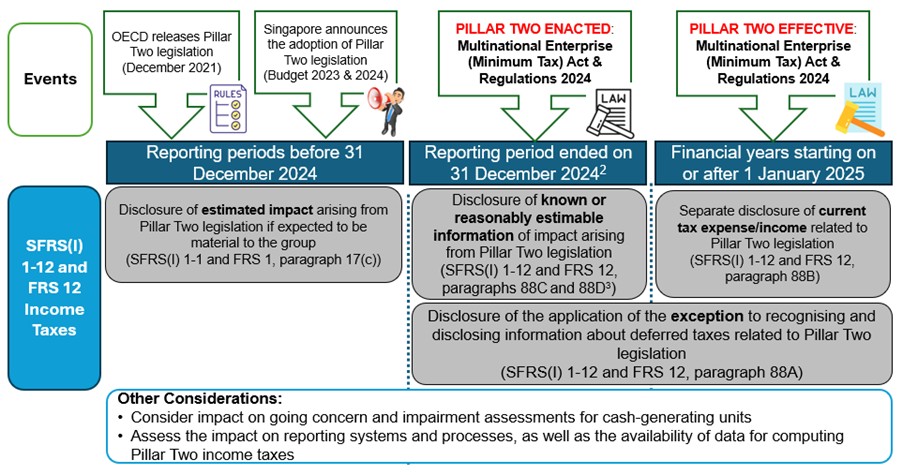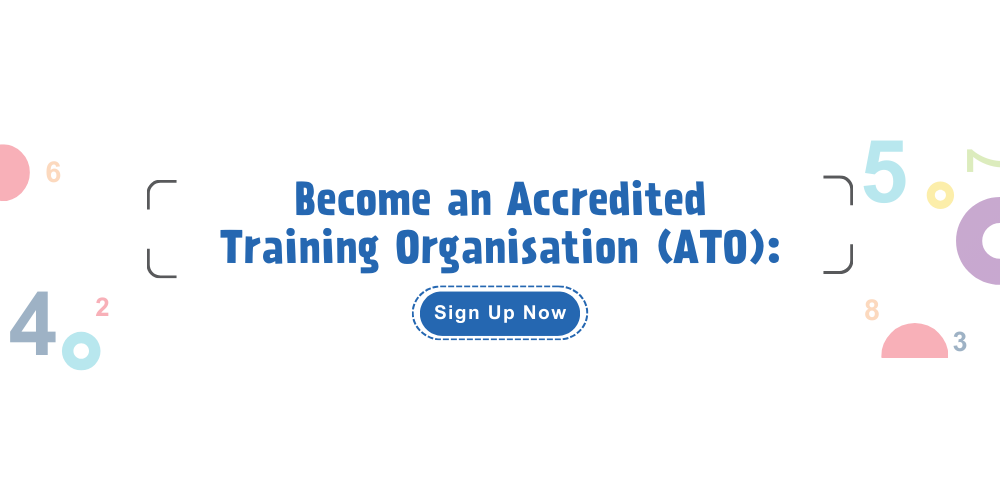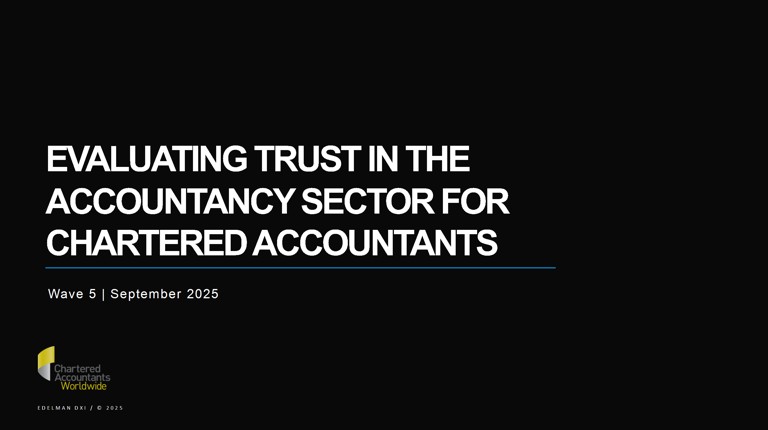As announced in Singapore Budget 2024, Singapore would be implementing new corporate taxes under Pillar Two of BEPS 2.0 initiative ("Pillar Two legislation").1
The Multinational Enterprise (Minimum Tax) Act (“MMT Act”) was passed by the Singapore Parliament on 15 October 2024 and received Presidential assent on 8 November 2024 to become law in Singapore. On 30 December 2024, Singapore published the Multinational Enterprise (Minimum Tax) Regulations 2024 (“MMT Regulations”) as the subsidiary legislation under MMT Act. The Inland Revenue of Singapore published an e-Tax guide on Multinational Enterprise Top-up Tax and Domestic Top-up Tax (“Pillar Two income taxes”) on 31 December 2024.
The MMT Act and MMT Regulations are effective for financial years starting on or after 1 January 2025 and are applicable to constituent entities that are members of a Multinational Enterprise (“MNE”) Group that has annual revenue of EUR 750 million or more in the consolidated financial statements of the ultimate parent entity in at least two of the last four years.
Paragraph 88C of SFRS(I) 1-12 Income Taxes and FRS 12 Income Taxes states that “In periods in which Pillar Two legislation is enacted or substantively enacted, but not yet in effect, an entity shall disclose known or reasonably estimable information that helps users of financial statements understand the entity’s exposure to Pillar Two income taxes arising from that legislation.”
As Singapore had enacted Pillar Two legislation before 31 December 2024, impacted MNE entities are required to comply with the applicable requirements in SFRS(I) 1-12 and FRS 12 for financial reporting periods ended 31 December 2024.
The following diagram illustrates the timeline, applicable accounting requirements and other related considerations for the implementation of Pillar Two legislation.

Impacted MNE entities would need to assess the impact on reporting systems and processes as well as the availability of data for the computation of Pillar Two income taxes. This could pose challenges given the complexity involved in the computation and collection of data across various jurisdictions.
[1] IRAS website on GloBE Rules and Domestic Top-up Tax
[2] This is also applicable to interim reporting periods of entities with financial years starting before 1 January 2025.
[3] SFRS(I) 1-12 Income Taxes paragraph 88D:
- Disclose qualitative and quantitative information about its exposure to Pillar Two income taxes at the end of the reporting period. This information does not have to reflect all the specific requirements of the Pillar Two legislation and can be provided in the form of an indicative range.
- To the extent information is not known or reasonably estimable, an entity shall instead disclose a statement to that effect and disclose information about the entity’s progress in assessing its exposure.





.png?sfvrsn=dd675fd5_2)


6a6c7fe2013f4be3b0ecc0a5930da5c9.jpg?sfvrsn=ab5334c8_0)

/business-management-global-connection/istock-1167579720-c.jpg?sfvrsn=ff93f9a5_2)
/audit-assurance/istock-1169206203-c.jpg?sfvrsn=1d6f9b25_6)


/ethics-and-professionalism/istock-1141115724-c.jpg?sfvrsn=4e54d691_2)

/audit-assurance/istock-818732836-c-v3.jpg?sfvrsn=ae44e7b7_0)

.png?sfvrsn=905ee1bd_0)
/legal-secretarial/istock-866706340-c.jpg?sfvrsn=d7f57b8c_2)